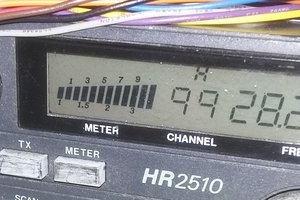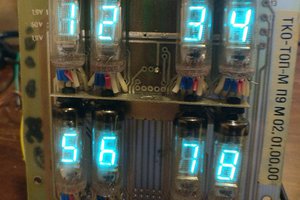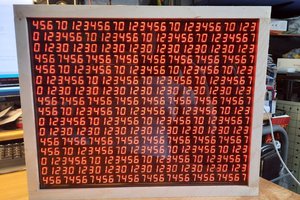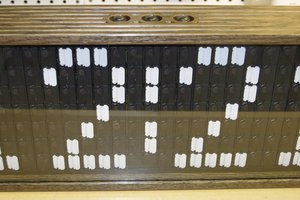While it deserves a place of honor as the first microcomputer, the F8 is like no other. The F8 internal structure borders on abstract, the instruction set is missing some of the most basic instructions, and it reeks as a product designed by committee and rushed to market. Nonetheless, it is a piece of history that i didn't participate in at the time, so i wanted to be able to experience the F8 firsthand. In order to learn about the F8 and its programming, i wanted an adequate development platform with the usual digital inputs, outputs, display, serial interface, etc. The 100mm x 100mm board includes:
- Pushbutton input
- 4-bit rotary encoder
- Speaker
- LED
- four DL2416 providing 16 digits of alphanumeric display
- DS1302 real time clock
- RS232 serial port
- Onboard 555 to provide tick inputs to the external interrupt
- Signal header
The board was designed to use Mostek's 2nd generation version of the F8, the 38P70 which are readily available in the $30-$50 range. A piggyback 2716 EPROM provides ROM while the 38P70 includes its normal 64 bytes of scratchpad plus an additional 64 bytes of executable RAM
 Craig
Craig
 David L Norris
David L Norris
 cselzey
cselzey
 seasleyece
seasleyece